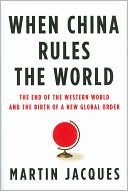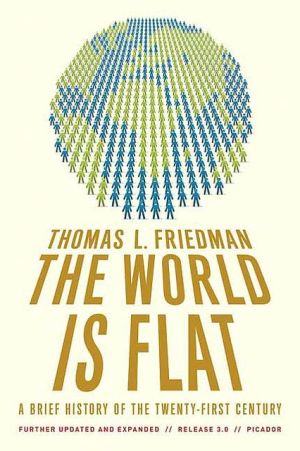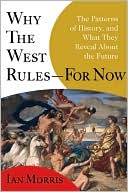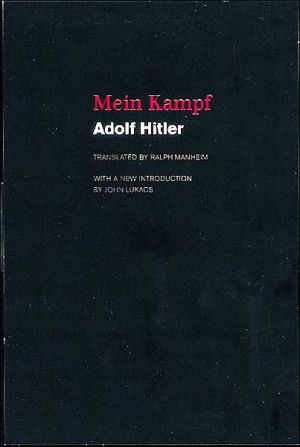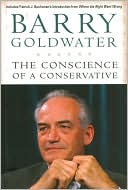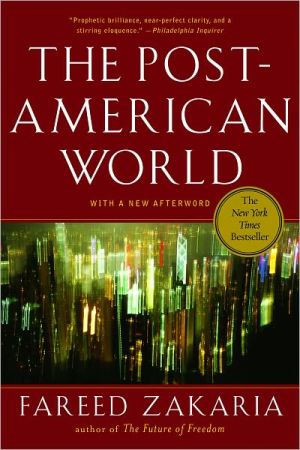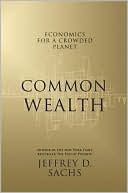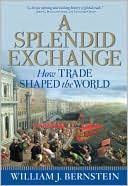Global Political Economy
Search in google:
Praised for its authoritative coverage, Global Political Economy places the study of IPE in its broadest theoretical context. This text not only helps students understand the fundamentals of how the global economy works but also encourages them to use theory to more fully grasp the connections between key issue areas like trade and development. Written by a leading IPE scholar, Global Political Economy equally emphasizes theory and practice to provide a framework for analyzing current events and long-term developments in the global economy.
Preface xiAcronyms and Abbreviations xviiPart 1 Introduction and Overview 1Chapter 1 Introduction 2What is International Political Economy? 2The IPE Theoretical Perspectives 4Purposes and Themes of this Book 5Focus of this Book 11Questions 13Further Reading 13Notes 14Chapter 2 Managing the Global Economy Since World War II: The Institutional Framework 17Global Economic Relations Before World War II 18The Functions of the IMF, World Bank, and GATT 22International Economic Organizations and the United Nations 23Postwar Economic Institutions and the North 23Postwar Economic Institutions and the South 31Postwar Economic Institutions and the Centrally Planned Economies 38Nonstate Actors 42Conclusion 43Questions 44Further Reading 45Notes 45Part 2 Theoretical Perspectives 51Chapter 3 The Realist Perspective 55Basic Tenets of the Realist Perspective 56The Mercantilists 58Realism and the Industrial Revolution 58Realism in the Interwar Period 59Realism after World War II 60The Revival of Realist IPE 60Hegemonic Stability Theory and Debates over U.S. Hegemony 61Realism and North-South Relations 68Critique of the Realist Perspective 69Questions 70Further Reading 71Notes 71Chapter 4 The Liberal Perspective 77Basic Tenets of the Liberal Perspective 77Orthodox Liberalism 80The Influence of John Maynard Keynes 81Liberalism in the Postwar Period 82A Return to Orthodox Liberalism 82Liberalism and Institutions 84Liberalism, Global Governance, and Regimes 89Liberalism and Domestic-International Interactions 90Liberalism and North-South Relations 92Critique of theLiberal Perspective 94Questions 96Further Reading 96Notes 97Chapter 5 Critical Perspectives 103Basic Tenets of Historical Materialism 103Early Forms of Historical Materialism 106Whither the Historical Materialist Perspective? 110Constructivism 114Feminism 116Environmentalism 118Critique of the Critical Perspective 121Questions 123Further Reading 123Notes 124Part 3 The Issue Areas 130Chapter 6 International Monetary Relations 131The Balance of Payments 132Government Response to a Balance-of-Payments Deficit 134The Functions and Valuation of Money 138International Monetary Relations Before Bretton Woods 138The Formation of the Bretton Woods Monetary Regime 140The International Monetary Fund 141The Functioning of the Bretton Woods Monetary Regime 142The Regime of Floating (or Flexible) Exchange Rates 148Alternatives to the Current Monetary Regime 150European Monetary Relations 151What is the Likely Future of the U.S. Dollar as the Key Currency? 153Sovereign Wealth Funds 157Considering IPE Theory and Practice 158Questions 160Further Reading 161Notes 162Chapter 7 Global Trade Relations 167Trade Theory 168Global Trade Relations Before World War II 172GATT and the Postwar Global Trade Regime 173Principles of the Global Trade Regime 174Formation of the WTO 180The WTO and the Global Trade Regime 184The South and Global Trade Issues 185The Transition Economies and Global Trade Relations 190Civil Society and Global Trade Relations 195Trade and the Environment 196Considering IPE Theory and Practice 199Questions 201Further Reading 201Notes 202Chapter 8 Regionalism and the Global Trade Regime 209Regionalism and the IPE Theoretical Perspectives 211Regionalism and Globalization 212A Historical Overview of RTAs 213Explanations for the Rise of Regional Integration 214The GATT/WTO and RTAs 218The European Union 222The North American Free Trade Agreement 229Mercosur 234East Asian Regionalism 236Considering IPE Theory and Practice 239Questions 241Further Reading 242Notes 242Chapter 9 Multinational Corporations and Global Production 250Definitions and Terminology 251Why do Firms Become MNCs? 252The Historical Development of FDI 254MNC-Host Country Relations: Determinants and Effects of FDI 262Host Country Policies Toward MNCs 265MNC-Home Country Relations 269A Regime for FDI: What is to be Regulated? 276Bilateral Investment Treaties 277United Nations 278Regional Approaches: The EU and NAFTA 279The GATT/WTO to the OECD and Back to the WTO 281Private Actors 283Considering IPE Theory and Practice 284Questions 287Further Reading 287Notes 288Chapter 10 International Development 296IPE Perspectives and North-South Relations 298Official Development Assistance 299The World Bank Group 303LDC Development Strategies 308Import Substitution Industrialization 309Socialist Development Strategies 312Export-Led Growth 313The Revival of Orthodox Liberalism 319Another Shift in Development Strategy? 324Considering IPE Theory and Practice 330Questions 332Further Reading 333Notes 334Chapter 11 Foreign Debt and Financial Crises 341What is a Debt Crisis? 341The Origins of the 1980s Debt Crisis 343The Foreign Debt Regime 348Strategies to Deal with the 1980s Debt Crisis 355Transition Economies and Foreign Debt 363The IMF, World Bank, and the Debt Crisis 365The 1990s Financial Crisis 367The Global Financial Crisis-2008 to? 371Considering IPE Theory and Practice 373Questions 375Further Reading 375Notes 376Part 4 Concluding Comments 382Chapter 12 Current Trends in the Global Political Economy 383Globalization 383North-North Relations 394North-South Relations 400A Final Word on IPE Theory and Practice 404Notes 405Glossary 409Index 419

